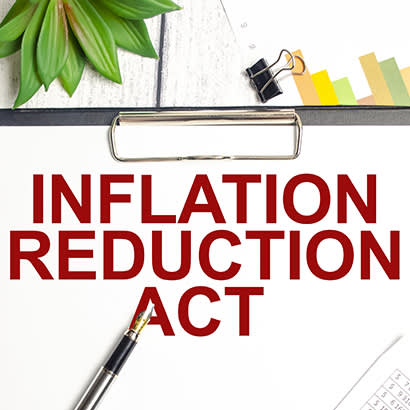
For an enhanced digital experience, read this story in the ezine.
From bustling city centers to rural countryside, park and recreation agencies are a ubiquitous feature of the U.S. landscape, providing vital services to communities. Park and recreation professionals comprise one of the largest groups of land managers in the nation. They are responsible for planning, managing and maintaining 11 million acres of public parks and green spaces. Additionally, they offer recreational activities, promote public health and wellness, and make communities more resilient to climate events. The challenges they face are dependent on location, as park and recreation agencies in rural and urban areas can differ greatly. Rural agencies may struggle with limited funding, staffing shortages and difficulty accessing resources, while urban agencies may face issues of overcrowding, aging infrastructure and competing land-use demands. With the recent signing of the Inflation Reduction Act of 2022 (IRA), questions about how this law will impact park and recreation agencies in both rural and urban areas have been raised. The law is intended to have a positive impact on the economy; however, its effects on park and recreation agencies are complex and nuanced.
The goals of the IRA, signed into law by President Joe Biden in August 2022, are to advance environmental justice and invest in communities often left behind, while creating well-paying jobs and growing the economy sustainably and equitably. The IRA also will remediate environmental harm and improve public health. As stated by the Environmental Protection Agency, this piece of legislation includes incentives to reduce renewable energy costs for organizations like Green Power Partners — businesses, nonprofits, educational institutions, and state, local and tribal organizations.
To fully understand the impact of this act, it is important to recognize its relationship with the Bipartisan Infrastructure Law (BIL). Signed into law on November 15, 2021, this $1.2 trillion investment in infrastructure modernization and repair represents a major investment in our nation’s infrastructure, with a particular emphasis on addressing climate change, promoting sustainable development, and expanding access to outdoor recreation opportunities for all. The White House has been vocal about weatherization investments: $50 billion has been slated to protect against droughts, heat, floods and wildfires. While the IRA’s funding of these key priorities will be essential in ensuring the success of the BIL’s mission to modernize and repair the nation’s infrastructure, it is also important to acknowledge its potential impact on park and recreation agencies.
Impacts on Urban and Rural Communities
For urban park and recreation agencies, this program will represent a major step to expand access to outdoor recreation opportunities for residents of densely populated areas. Many urban areas lack adequate green spaces, and this can have significant impacts on public health and quality of life. For example, many communities that struggle with extreme heat would experience the cooling benefits of an increase in green spaces. By providing funding to support the development of new parks and trails and the improvement of existing green spaces, this program will help to address this issue and provide more opportunities for urban residents to enjoy the outdoors, as well as provide resilient weatherization infrastructure.
For rural park and recreation agencies, the BIL includes provisions that will support conservation and environmental stewardship efforts. One of the key provisions of the law is the establishment of a new “Rural Conservation Stewardship Program,” which will provide funding to rural landowners and farmers to support the implementation of conservation practices on their land. This program will help to promote the sustainable management of rural landscapes and protect important natural resources, like waterways and wildlife habitats. Correspondingly, the BIL includes funding for a range of programs that will support the development and maintenance of recreational infrastructure in rural areas. This includes funding for the construction and improvement of rural trails and the development of new recreational amenities.
Cory Styron, director of Community Services at Los Alamos County in New Mexico, shares his experience in the park and recreation space, describing Los Alamos as “not the normal rural community” due to their history with the federal government and the Manhattan Project. The local government jurisdiction was born out of the federal land used for the Manhattan Project that was deemed not “mission critical.” This continues to be the standard today as the county looks to acquire land. This relationship with the federal government has created a question from a recreational user perspective of which land is county-owned versus federally owned, which informs everything from funding to infrastructure, maintenance and land use. In his description, Styron highlights the nuances of each community and parameters that parks and recreation professionals work within.
Overall, the IRA and BIL of 2022 represent a major investment in our nation’s outdoor recreation infrastructure. By providing funding for the development of new parks and trails in urban areas and improving existing green spaces, the law will help to expand access to outdoor recreation opportunities for residents. The establishment of new conservation programs will support efforts to protect and steward rural landscapes, while making communities more resilient to extreme climate events. With these new resources, park and recreation agencies nationwide will be better equipped to provide the high-quality outdoor experiences that we rely on for physical and mental well-being, as well as economic and social development.
Barbara Kapustin is Resilience Program Manager at NRPA.

